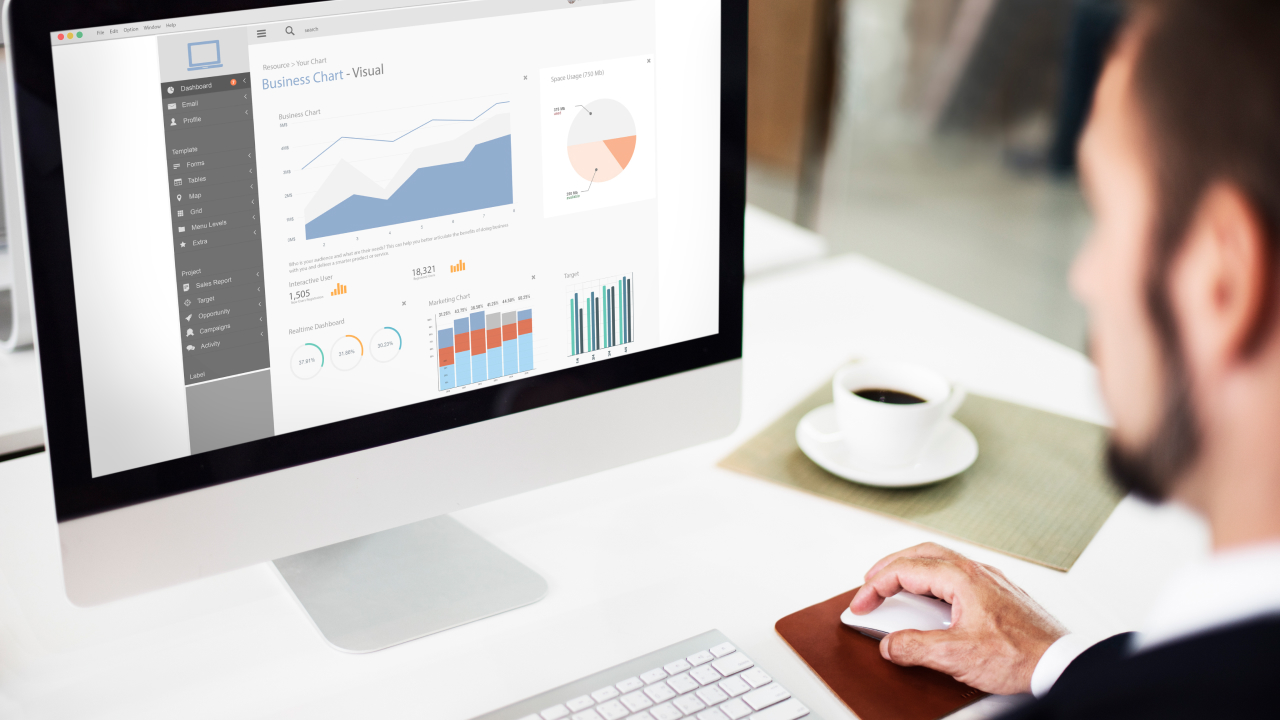Published February 08,2023
Bridging the information gap for decision-making
Organizations of all sizes now have data-driven cultures due to the data boom and rising data literacy
Businesses can automate a number of laborious and time-consuming operations thanks to business intelligence. Businesses may now rely on business intelligence for data automation thanks to a variety of tools and technologies, including low-code and no-code frameworks, artificial intelligence, and machine learning. Businesses will be able to attain hyper-automation mode for a number of operational requirements in 2023 thanks to the expanding capabilities of business intelligence platforms.
Even if this isn't a new trend per se, a lot of progress has been made in this area because of the interaction between diverse stakeholders. In essence, collaborative BI combines BI tools with collaboration software, web 2.0, and a number of other technologies, all of which support data-driven decision making. Collaborative BI makes it simple to share insights and reports, which facilitates decision-making. The decision-making process involves experts from several departments, which promotes issue solutions.
Recently, sales and marketing teams have begun to understand the value of using consumer data. Making educated decisions is made simple by using BI dashboards to check for patterns and user behaviour. Marketing departments can research potential consumers' goals and develop material that particularly targets various client segments. Sales teams can use historical data to better understand consumer spending habits, driving factors, and wants. With the aid of BI technologies, sales teams can confidently forecast sales while marketing teams can see the results of their most recent campaign.
Analytics and business intelligence data were not available in the same location. Data is made available with the aid of contemporary BI technologies so that consumers can respond right away. The BI tools' extensions, APIs, and embedded analytics make it possible to combine workflows and processes. Implementing actionable analytics is made simple by the combination of technology. Users may access the data, glean useful insights, and put those insights into practise all in one location. You may even check where your users are coming from by using contemporary BI technologies. You can develop insights tailored for a given division, function, or area with the use of actionable analytics.
Topics relating to business intelligence would be incomplete without automated data analysis. Since there was so much data produced, saved, and ready for processing during the past ten years, businesses and organisations have been actively searching for cutting-edge data automation solutions to handle the enormous amounts of information that have been gathered. Data science tasks will be automated, according to a poll, therefore this is one of the business intelligence trends we need to watch since we don't know when it will actually happen.
 Author
Author



